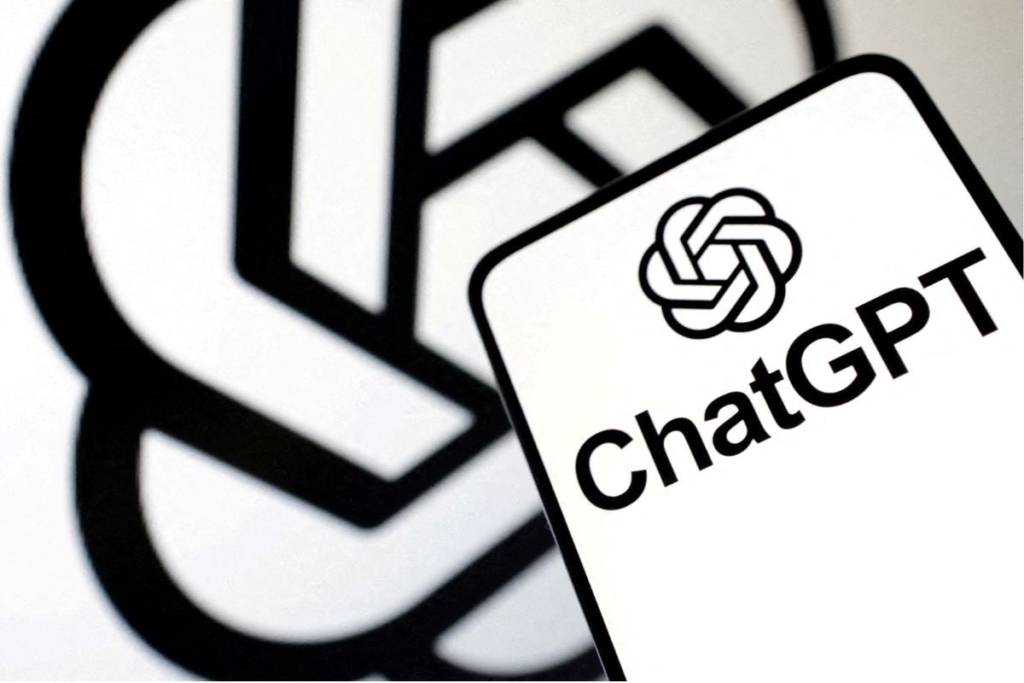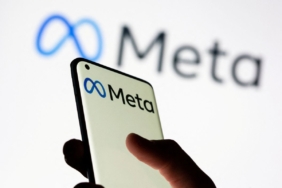On Monday, OpenAI unveiled three new artificial intelligence models, collectively known as the GPT-4.1 family. Consistent with its distinctive naming strategy, the lineup includes GPT-4.1, GPT-4.1 mini, and GPT-4.1 nano. The San Francisco-based company asserts that these models deliver superior performance compared to the previous GPT-4o and GPT-4o mini across various metrics, particularly in coding capabilities and instruction adherence. These large language models (LLMs) are exclusively available to developers through an application programming interface (API) and will not be accessible via ChatGPT.
OpenAI Introduces Enhanced Coding-Focused GPT-4.1 AI Models
OpenAI detailed the launch of the GPT-4.1 series in a blog post. The API-exclusive models feature numerous enhancements over their predecessors, boasting better performance, expanded context windows, and favorable pricing. Additionally, the knowledge cutoff for these models has been updated to June 2024.
Designed specifically for coding and tasks requiring precise instruction following, OpenAI highlighted that the GPT-4.1 achieved an impressive score of 54.6 percent on the SWE-bench Verified benchmark. This surpasses both the GPT-4o and the recently launched GPT-4.5, establishing GPT-4.1 as the top model for coding tasks.
The GPT-4.1 also received a score of 38.3 percent on the MultiChallenge benchmark for instruction following and 72 percent on the Video-MME benchmark for multimodal long-context understanding, as per the company’s claims. Importantly, all models within this series feature a context window capable of accommodating up to one million tokens.
![]()
Overview of OpenAI’s GPT 4.1 AI models
Photo Credit: OpenAI
While the GPT-4.1 model is positioned as the flagship option in this series, the GPT-4.1 mini also demonstrates competitive performance, surpassing GPT-4o in several evaluations, including assessments of intelligence. OpenAI noted that the mini variant boasts a 50 percent reduction in latency and is priced 83 percent lower than its predecessor.
For tasks requiring low latency, the company presents the GPT-4.1 nano as an optimal choice. With scores of 80.1 percent on the MMLU benchmark, 50.3 percent on the GPQA, and 9.8 percent on the Aider polyglot coding evaluation, the nano model outperforms the GPT-4o mini, according to OpenAI. The advancements in instruction following and extended context windows further enhance the potential use of these models for powering AI agents.
Regarding pricing, the GPT-4.1 is set at $2 (approximately Rs. 171) per million input tokens and $8 (about Rs. 685) per million output tokens. The mini variant is priced at $0.40 (around Rs. 34) for every million input tokens and $1.60 (nearly Rs. 137) for per million output tokens. The most economical option, the nano model, is available for $0.10 (roughly Rs. 8.5) per million input tokens and $0.40 (approximately Rs. 34) for every million output tokens.
It is important to note that the GPT-4.1 series is only accessible to developers through the API. However, OpenAI has indicated that the improvements from these models will eventually be integrated into the latest iteration of GPT-4o, which users can access through ChatGPT.






